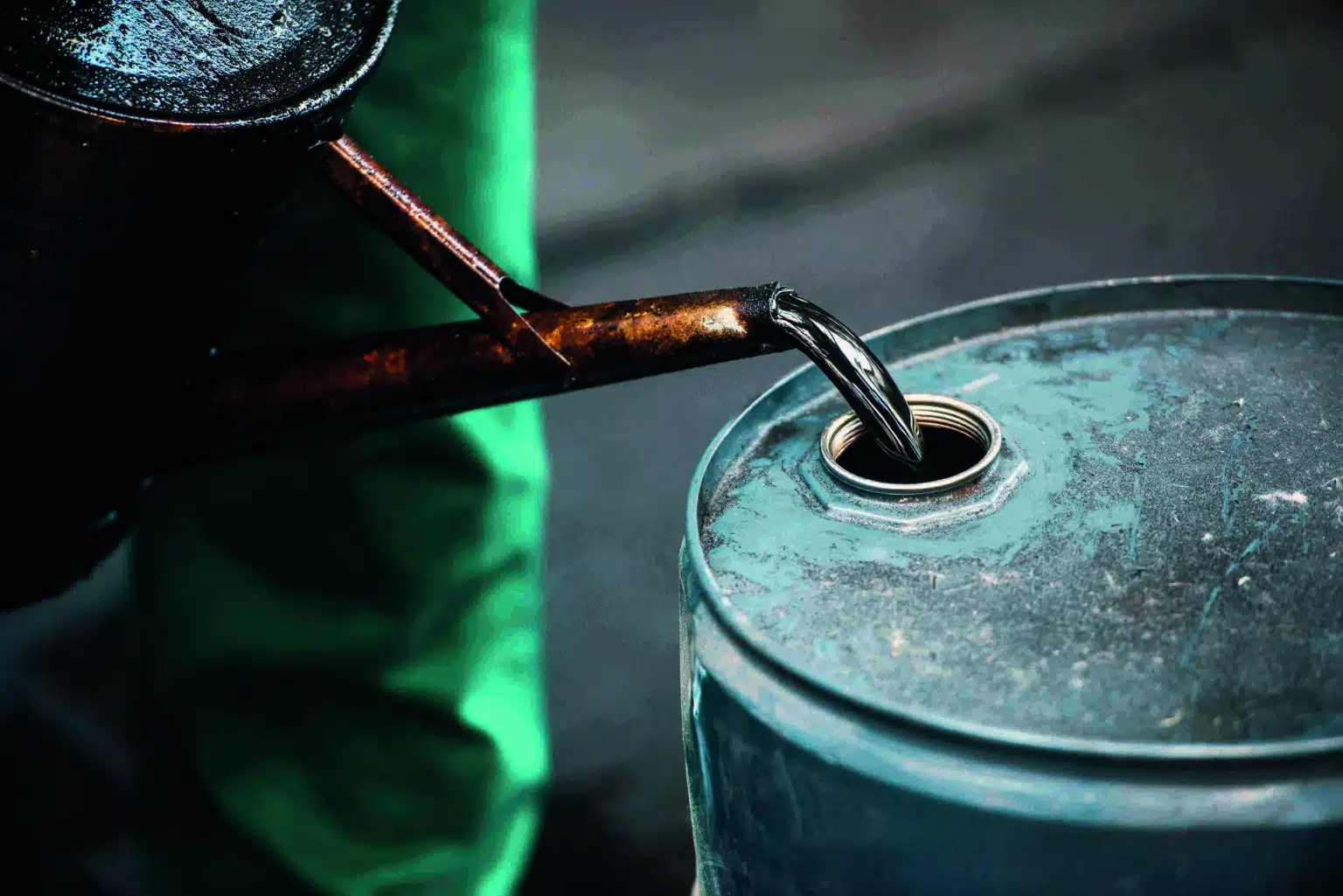The three main retail oil companies of India which are state-owned, include Indian Oil Corporation (IOC), Bharat Petroleum Corporation Limited (BPCL), and Hindustan Petroleum Corporation Limited (HPCL).
Table of Contents
Introduction to Oil and Petroleum comapnies
In June, the government of India had asked the Indian Oil Corporation Limited (IOC) and Bharat Petroleum Corporation Limited (BPCL), to launch the rights issue, meanwhile, Hindustan Petroleum Corporation Limited (HPCL), was asked to issue preferential shares allotment to the government.
Preferential shares term denotes the procedure of allotting the fresh shares in bulk to a specific group or a group of investors.
Five years after the exile of Hindustan petroleum corporation limited from the Oil Marketing Companies, (OMCs), the Government of India is all set to possess a significant stake in the HPCL.
Financial Summary of the OMCs
This month, the board of IOC, passed an approval of raising up a total of Rs 22,000 crore, through inviting the already existing shareholders to buy additional new shares of the company. This particular issue provides the shareholders with securities termed as rights.
On the other hand, the board of BPCL also passed an approval to raise about Rs 18,000 crore through the same method of rights issue.
On consideration of the existing shareholders of IOC that choose to go for the option of rights issue, the government might chip in about Rs 11,300 crore, in order to obtain a 51 per cent stake in the company.
Similarly, as in the case of BPCL, the government might make a payment of Rs 9,500, to obtain a 52.9 percent of the stake in the company.
However, all these depend on the factor of the number of participants willing and able to be involved in the rights issue. Assuming, the IOC and BPCL are fully subscribed rights issued, the government will be left with about Rs 10,000 crore out of the budget of Rs 30,000 crore set aside for the preferential share of HPCL.
The current market capitalization of HPCL stands at about Rs 39,000 crore.

How is the government operating over it?
In January, 2018, the government sold its entire 51.1 per cent stake of the HPCL, into the hands of state-owned Oil and Natural Gas Corporation Limited,(ONGC) for approximately Rs 36,915 crore.
This particular transaction can be categorised under the government’s strategic divestment programme, however, through the action, government was benefitted to be able to retain some control indirectly, over HPCL, through the ONGC. Divestment as a term can be coined as selling off the business’ assets, subsidiaries and investments for a specific purpose.
Therefore, the government has continued to appoint all the board members of HPCL, and even so, the company has continued to operate under the regulatory control of the Oil Ministry.

Targets of OMCs
The three state-owned oil marketing companies announced to reduce their emission scope 1 and emission scope 2 to zero. HPCL and BPCL are seeking to achieve so, by the year 2040, and IOC is expected to do the same by 2046, according to Fitch Ratings.
Scope 1 emissions includes the emissions from the sources that the organisation owns or controls directly, whereas scope 2 includes emissions from sources caused by the company indirectly, or come from the energy where it is purchased and uses are produced.
It also said that the OMCs have the absolute capabilities to execute the aimed targets, however, factors such as mismatch of demand and supply, slow and inadequate availability of technology, and probable policy changes, are subject to risks for achieving the long termed targeted goals.













